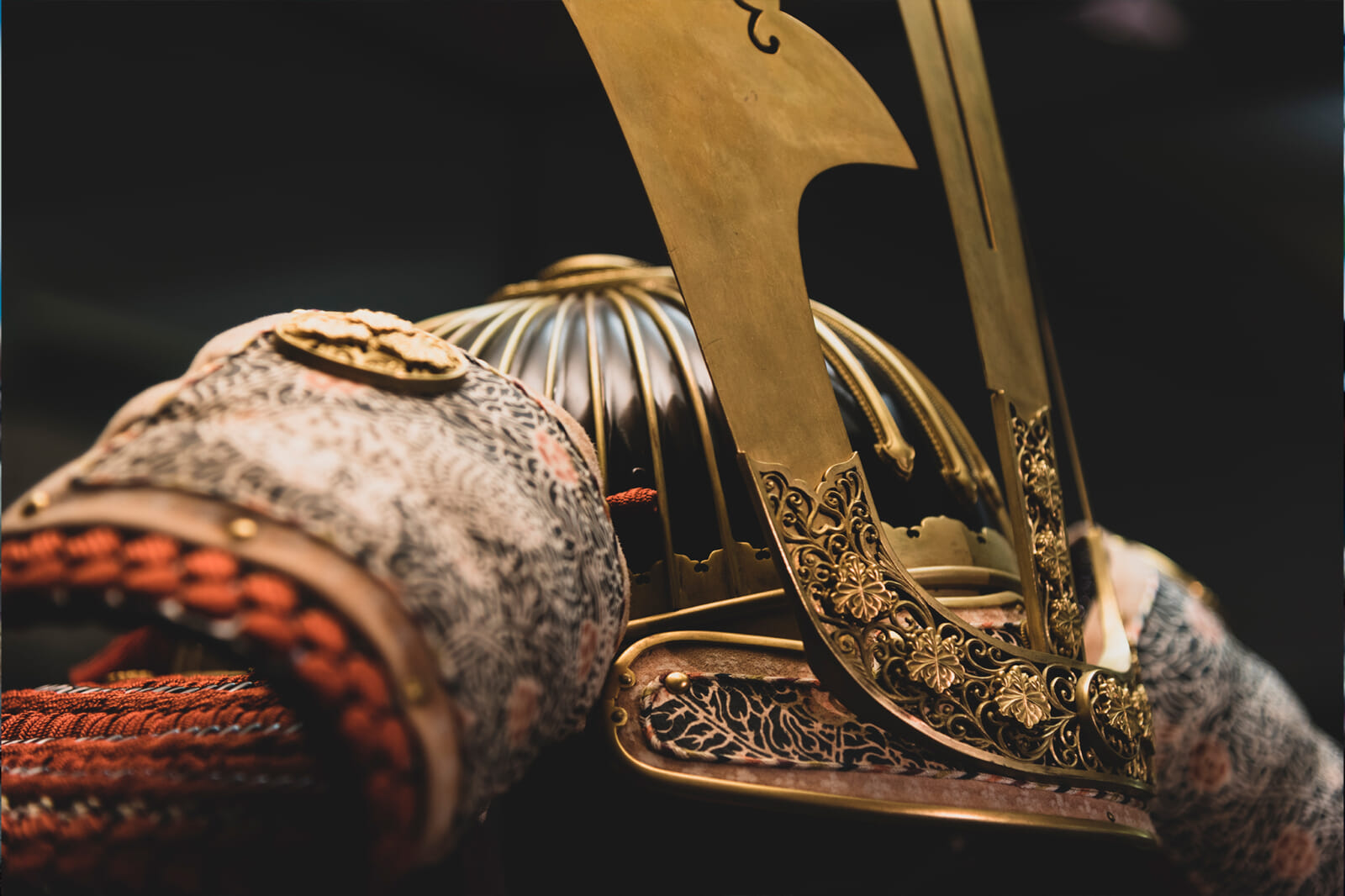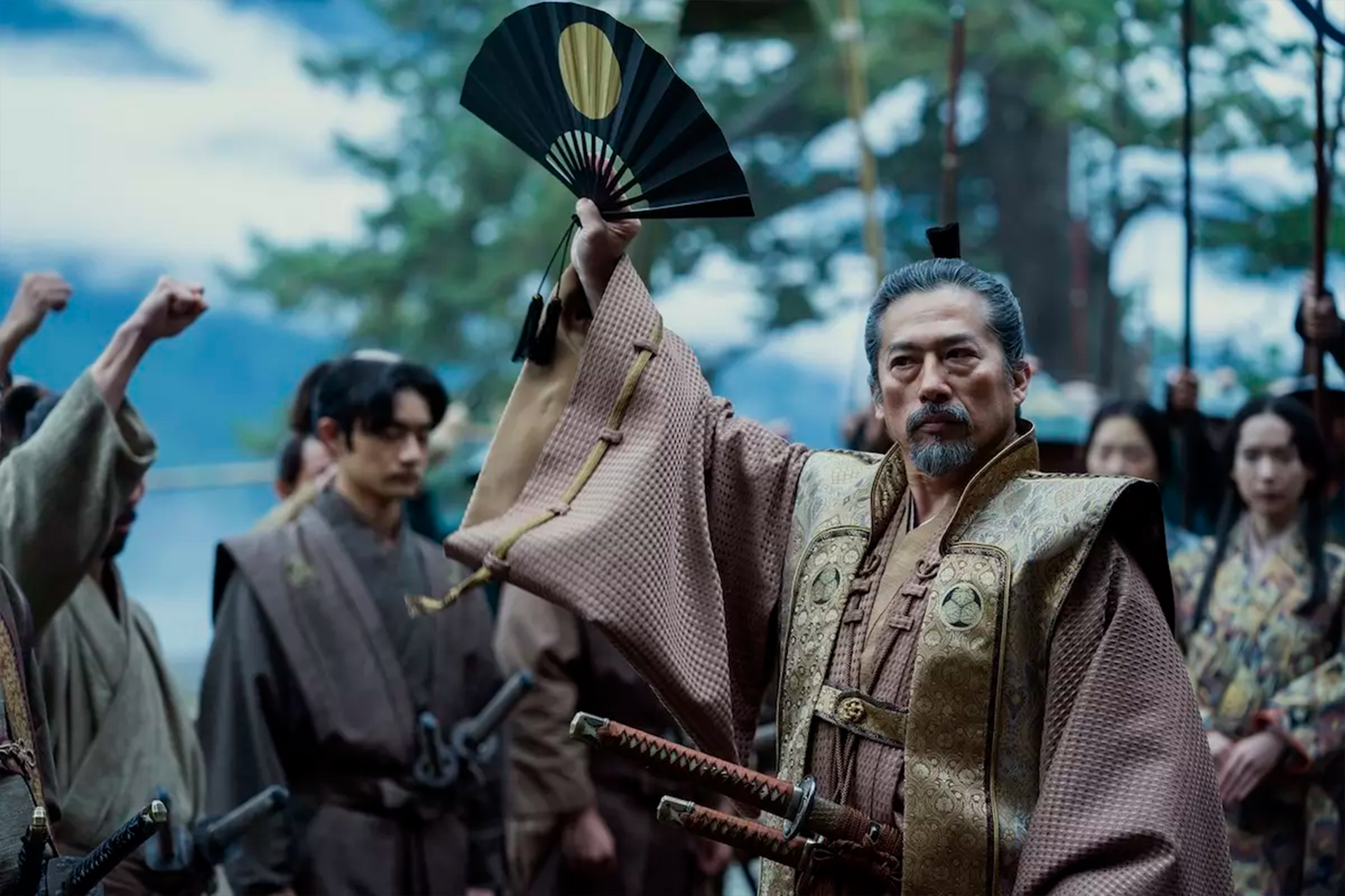Premiering in late February on Hulu and FX (Disney+ in Japan), the Shogun miniseries is based on a 1975 novel of the same name by James Clavell, which was previously adapted onto the small screen in 1980. A fictional retelling of the life of William Adams, the first Englishman to reach Japan in 1600, as well as Tokugawa Ieyasu’s rise to power as the titular shogun, the 2024 series starring Cosmo Jarvis and Hiroyuki Sanada has been a hit with audiences who’ve praised its scale, memorable characters, and captivating plot. But how well does it hold up against the source material, the 1980 miniseries and historical fact?
The Good
Pacing
Even the biggest fans of slow-burn narratives will admit that the Shogun novel drags at times and muddles up what’s ultimately a straightforward but intriguing story. Both the 1980 and 2024 miniseries fix that by shuffling scenes around and boiling stuff down when necessary. No pun intended. If you don’t know why that was a pun, it means you haven’t read the book or seen the shows, so… go and watch it before we spoil it.
Female Characters
Clavell’s Shogun novel had a problem with female characters. The author tended to reduce them to meek background props or two-dimensional sex objects obsessed with the white character’s genitalia, which Clavell describes with astonishing frequency, and by using the weirdest euphemisms, including but sadly not limited to “peerless parts.”
Shogun (2024) gets around that by simply not focusing on Cosmo Jarvis’ penis and also giving us a variety of complex women of feudal Japan in just the first episode. The show goes about it in a clever way that doesn’t ignore Clavell’s choices but rather builds on them. It starts with a short but gut-wrenching depiction of a loving mother before moving to the perceptive and intelligent highborn Toda Mariko (Anna Sawai), then a wise nun, and later a prostitute, but with a fun twist that gives her a lot more agency than the novel ever did.

The Bad
Ritual Suicide
The original Shogun novel had a weird fixation with ritual samurai suicide. It often felt that, according to Clavell, no other forms of apology existed in Japan, which is why the board game, Sorry!, never caught on over there. Shogun (2024), bizarrely, ups the number of suicides, even starting with one. Not by a samurai, but by the captain of the ship that brings Jarvis’ character to Japan.
I think the idea was to show that back in the late 16th century, life was so bleak and full of peril that people everywhere routinely took their own lives. But seeing as the series takes place in Japan, most of the suicides end up being performed or attempted by Japanese people, making it look like an everyday part of Japanese culture. History doesn’t support that. Seppuku and harakiri, of course, existed, but samurai weren’t throwing away their lives at the drop of a hat. Death was a big deal to them (often accompanied by poetry).
Frivolous Killing
Another way that the original novel misunderstood samurai culture, which the 2024 miniseries sadly perpetuated, was the idea that samurai had the right to kill anyone they wanted, whenever they wanted. The practice, known as “kiri-sute gomen,” appears in every version of Shogun when a samurai kills a peasant for not bowing to them. While “kiri-sute gomen” definitely existed, it came with a set of very strict rules, including some kind of judicial review after the fact, because no society would ever survive on Purge rules. In a perfect world, the scene would have been omitted or expanded to show that “kiri-sute gomen” was not an old-timey license to kill.
The Fundamentally Baffling
Who is Who?
The new Shogun has been well received by Western audiences, but it’s been a monster hit among Japanese viewers — possibly because they know the story. They know who Tokugawa Ieyasu is, they know about his rival Ishida Mitsunari and the Battle of Sekigahara the show is building up to. It doesn’t matter that these characters and events have different names in Shogun. It’s not exactly clear why the author did that, but in James Clavell’s novel, Adams is named John Blackthorne and Ieyasu is Yoshii Toranaga.
Shogun places strange and unnecessary obstacles to learning about real Japanese history. There really was a patient warlord ostensibly in the service of the previous ruler of Japan, who consolidated power, elevated an English sailor to the rank of samurai, and brought dignity back to the title of shogun. But with so many other things that the story got wrong and made-up names, it’s hard to know what Shogun is trying to be.
It’s not exactly like Game of Thrones, large parts of which were inspired by the Wars of the Roses, but which clearly don’t teach you real history. Nor is Shogun like the award-winning HBO series Rome that at times was as historically accurate as The Flintstones (plot-wise) but still got a lot of historical details right and featured Julius Caesar (Ciarán Hinds). Shogun is kind of like Rome if the genius Roman general who tried to seize power for himself was renamed Titus Papirius and was killed when his supposed friends threw him into a volcano.
Final Thoughts
The historical confusion in Shogun is ultimately a problem with the novel, not the miniseries. As an adaptation, the miniseries had to stick with the original, needlessly made-up names while trying to fix as many of the book’s other problems without straying too far from it.
So the only relevant question is, did Shogun (2024) do a better job at that than the 1980 miniseries? The latter was narrated by Orson Welles and starred Richard Chamberlain, alongside the greatest Japanese actor of all time, Toshiro Mifune, and employed practical effects instead of CGI. I know which way I’m leaning, but I encourage everyone to watch both shows and decide for themselves.








